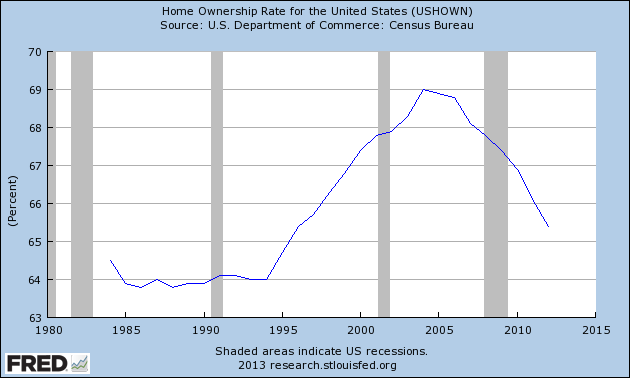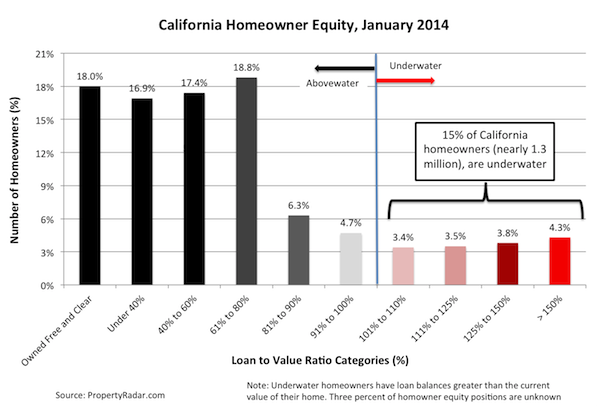As per Bloomberg, just two weeks into her tenure, Janet Yellen has already declaring victory on bond vigilantes. Even though FED’s own minutes (from 2008 collapse) show that they are completely incompetent and don’t really know what is happening in our financial markets, the idiots in our media continue to believe that the FED can somehow control the markets or interest rates.
Again, don’t confuse cause and effect. It is the market and not the FED that lead the economy. While it might look like the FED can control the interest rates, the yield curve and the financial markets, that is never the case. Anyone believing in such absurdity will lose money. Case and point, interest rates are up over 100% in the last 1.5 years. Once this correction is over the interest rates will continue to surge higher (despite upcoming recession).
As a side note, the market likes to Baptize all income Chairman by fire. So was the case with Greenspan in 1987 and Bernanke in 2007-09. With my timing forecasts indicating a severe bear market and recession between 2014-2017, are you ready Janet Yellen?
What bear market forecast?

When it comes to monetary policy, Federal Reserve Chair Janet Yellen is doing all she can to ensure there’s little difference between herself and Ben S. Bernanke. The bond market is taking notice.
Measures of volatility based on interest-rate swaps have plunged this year and are now approaching levels not seen since before the Fed first signaled in May its intention to reduce the unprecedented bond buying that’s supported the U.S. economy, according to data compiled by Bloomberg.
More from Bloomberg.com: Putin Crimea Grab Shows Trail of Warning Signs West Ignored
The relative calm underscores the strides Fed officials have made in reassuring investors that its pullback won’t automatically lead to higher interest rates. After yields on 10-year Treasuries reached a 29-month high at the start of the year, they have since retreated as Yellen pledged to maintain her predecessor’s tapering policy in “measured steps” and keep borrowing costs low to support the U.S. labor market.
“Bond markets understand that Bernanke and now Janet Yellen are talking from the same song sheet,” Neil Mackinnon, a global macro strategist at VTB Capital Plc and former U.K. Treasury official, said in a telephone interview from London on Feb. 24. “The market has bought into the idea that Fed tapering is not tightening.”
More from Bloomberg.com: Winter Storm to Strike New York to Washington Later Today
Treasuries have returned 1.9 percent this year, rebounding from a 3.4 percent annual drop that was the worst since 2009, index data compiled by Bank of America Merrill Lynch show.
Taper Tantrum
Yields on 10-year government bonds, a benchmark for everything from mortgages to car loans and corporate bonds, decreased to 2.65 percent last week from a high of 3.05 percent in January, which was the highest since July 2011. The yield was 2.6 percent as of 11:58 a.m. in New York.
More from Bloomberg.com: Russia Gas Threat Shows Putin Using Pipes to Press Ukraine
Because of the Fed’s quantitative easing, economists including Michael Feroli, the chief U.S. economist at New York-based JPMorgan Chase & Co., warned policy makers last week that a financial-market convulsion similar to the “tantrum” that occurred in 2013 may be unavoidable when the central bank does raise interest rates.
“Whenever the decision to tighten policy is made, then the instability seen in summer of 2013 is likely to reappear,” Feroli, a former Fed economist, and his co-authors Anil Kashyap of the University of Chicago, Kermit Schoenholtz of New York University’s Stern School of Business and Hyun Song Shin of Princeton University, said a Feb. 28 gathering.
In the debt markets, volatility gauges provide a more sanguine outlook.
Anxieties Diminish
The Chicago Board Option Exchange Interest Rate Volatility Index, a measure that reflects the cost for contracts to protect against sudden losses by locking-in fixed rates, tumbled last week to the lowest since May.
Normalized volatility on options for 10-year interest-rate swaps due in six months, a gauge of swings of yields (USGG10YR) on similar-maturity Treasuries, dropped as low as 73.99 basis points last month, the least since May 30.
The lack of skittishness stands in contrast to the surge of volatility set off by Bernanke’s comments in May, when he said policy makers could scale back the Fed’s $85 billion in monthly bond purchases in the “next few meetings.”
That month, implied volatility on the contracts known as swaptions surged by the most since Lehman Brothers Holdings Inc. collapsed in September 2008. Yields on 10-year Treasuries, which fell to a low of 1.61 percent on May 1, eclipsed 3 percent by September and sparked losses in fixed-income assets.
Seasonal Effect
“Much of the 2013 rate volatility was driven by uncertainty in the outlook for Federal Reserve policy,” Jake Lowery, a money manager in Atlanta at ING U.S. Investment Management, which oversees $200 billion, said by telephone on Feb. 25. This year, “the relative certainty in the near-term direction of Fed policy has had its own suppressive effect.”
Although the harsh winter weather contributed to retail sales, manufacturing and housing data that fell short of economists’ estimates, Yellen reiterated on Feb. 27 that the central bank is likely to keep curtailing its stimulus.
The Fed has reduced its purchases of Treasuries and mortgage-backed securities by $10 billion at each of its past two policy meetings and economists surveyed by Bloomberg estimate the central bank will maintain that pace until it stops buying bonds in December.
At the same time, she signaled the Fed is moving away from a year-old commitment to lift interest rates from close to zero once the jobless rate falls below 6.5 percent and will instead provide investors with qualitative guidance on its intentions.
Numerical Threshold
Joblessness (USURTOT) in the U.S. fell to 6.6 percent in January, the lowest since October 2008. Economists surveyed by Bloomberg predict the unemployment rate for February, set to be released on March 7, remained unchanged from the previous month.
“We do want to give markets as much of an indication of how we expect to conduct policy as we can,” Yellen said.
Implied yields on federal funds futures traded on the CME Group Inc.’s exchange now show a 58 percent chance the Fed will boost its benchmark rate, which has been in a range of zero to 0.25 percent since December 2008, in July. That’s seven months after economists predict the Fed will end its bond buying.
As recently as September, traders were pricing in the likelihood that the Fed will lift rates by the start of 2015.
The decline in volatility is evidence that debt investors are underestimating the risk yields will jump as the effects of the weather-related slowdown on the U.S. economy pass, said Vincent Chaigneau, global head of rates and foreign-exchange strategy at Societe Generale SA, one of the 22 primary dealers that are obligated to bid at U.S. government debt auctions.
American Optimism
“The economic data has been very distorted,” Chaigneau said in a Feb. 24 telephone interview from Paris. “By spring, when the data improves again, we’ll get some significant market action. Rates will increase and volatility will increase.”
The U.S. economy will expand 2.9 percent this year, according to forecasters in a Bloomberg survey released on Feb. 13. That’s higher than their projection for 2.6 percent growth at the start of the year and would be the fastest in a decade.
Consumer confidence improved in February from a month earlier as more Americans grew optimistic about the outlook for the economy, according to a Thomson Reuters/University of Michigan sentiment index released last week.
Even with the prospect of more robust economic growth, greater clarity by the Fed will help temper any increase in government bond yields, according to Charles Diebel, fixed-income strategist at Lloyds Banking Group Plc in London.
Fiscal Restraint
Yields on 10-year bonds fluctuated within a 0.22 percentage-point range in February, the narrowest since April 2007, data compiled by Bloomberg show.
“The last thing Yellen wants to do is be unpredictable,” Diebel said in a telephone interview on Feb. 24. “She wants to be as predictable as she possibly can be.”
The $11.8 trillion market for Treasuries may also benefit from a stronger fiscal balance in the U.S. and less political discord, according to Erik Schiller, a Newark, New Jersey-based money manager for Prudential Fixed-Income, which oversees $405 billion.
Faster growth and spending cuts will help narrow the U.S. deficit to 3 percent of the economy this fiscal year, the lowest in seven years, the Congressional Budget Office projected last month. The estimated gap would compare with 9.8 percent in 2009, the widest since at least 1974, and is close to the average of the past four decades, the agency said.
Lawmakers in December passed the first bipartisan budget from a divided Congress in almost three decades, just two months after a political stalemate caused a government shutdown and pushed the U.S. toward its first default. Last month, Congress suspended the nation’s debt limit until March 2015.
We have “relatively stable long-term deficit projections, very low potential policy risk,” Schiller said in a telephone interview. “Both of those are helping to keep things muted.”
Did you enjoy this article? If so, please share our blog with your friends as we try to get traction. Gratitude!!!

Attention Everyone: Janet Yellen Declares Victory.Google













